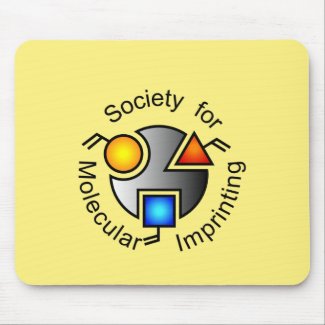
Authors: Gao Y, Zhou RY, Yao LF, Yin WY, Yu JX, Yue QY, Xue ZY, He HF, Gao BY
Article Title: Synthesis of rice husk-based ion-imprinted polymer for selective capturing Cu(II) from aqueous solution and re-use of its waste material in Glaser coupling reaction.
Publication date: 2022
Journal: Journal of Hazardous Materials
Volume: 424
Article Number: 127203.
DOI: 10.1016/j.jhazmat.2021.127203
Alternative URL: https://www.sciencedirect.com/science/article/pii/S0304389421021713
Abstract: With the deepening of the concept of recycling economy and green chemistry, selective capture of Cu(II) from wastewater by biosorbent and reuse of the spent Cu(II)-loaded adsorbent are of great significance. Herein, we synthesized composite of rice husk (RH) with mesoporous silica MCM-41 (RH@MCM-41) modified by organosilane containing amino and schiff groups as functional monomer and cross-linking agent. The silica modified RH@MCM-41 was employed as supporter to fabricate copper ion-imprinted polymers as absorbents (named as RM-CIIPs) via surface ion imprinting technique. Adsorption isotherms, kinetics, selectivity and mechanism of RM-CIIPs to remove Cu(II) were investigated with respect to different adsorption condition. Furthermore, we explored the catalytic activity of spent Cu(II)-loaded adsorbent in Glaser coupling reaction. Batch adsorption studies revealed that RM-CIIP-3 prepared with functional monomer shows the best adsorption capacity (91.4 mg/g) for Cu(II), and adsorption equilibrium could be reached within 30 min. RM-CIIP-3 exhibited an excellent selectivity for capturing Cu(II) and reusability in six adsorption/desorption cycles. More importantly, the spent Cu(II)-loaded adsorbent could be used as bio-heterogeneous catalyst and afford the desired product (1,4-diphenylbutadiyne) in 99.1% yield. Our research indicates an eco-friendly systematic strategy to utilize the waste material as an adsorbent for removing heavy metals and catalyst for industry
Template and target information: copper ion, Cu(II)
Author keywords: Rice husk, Ion-imprinted polymer, Cu(II) capture, catalytic activity, Glaser coupling reaction



Join the Society for Molecular Imprinting

New items RSS feed
Sign-up for e-mail updates:
Choose between receiving an occasional newsletter or more frequent e-mail alerts.
Click here to go to the sign-up page.
Is your name elemental or peptidic? Enter your name and find out by clicking either of the buttons below!
Other products you may like:
 MIPdatabase
MIPdatabase









